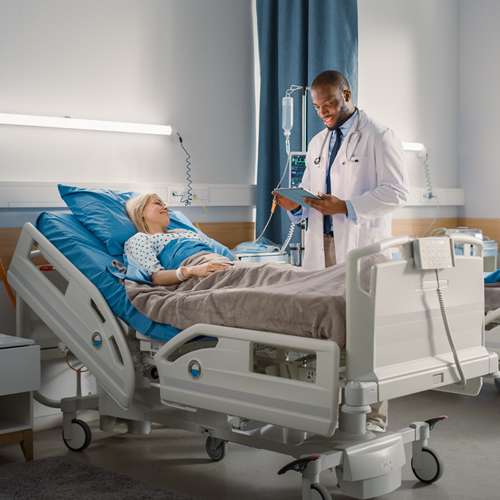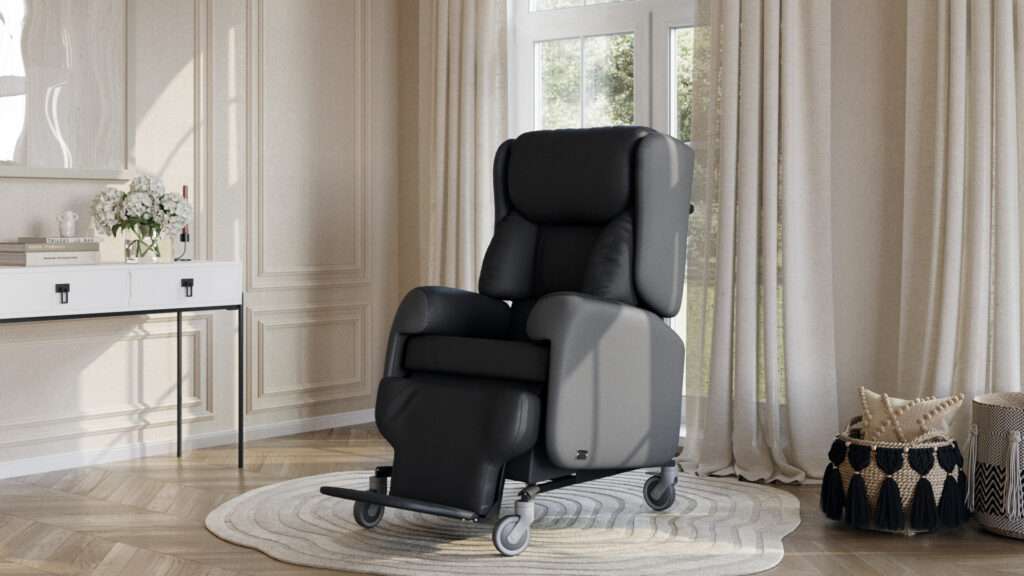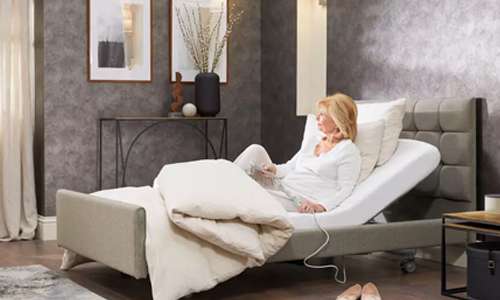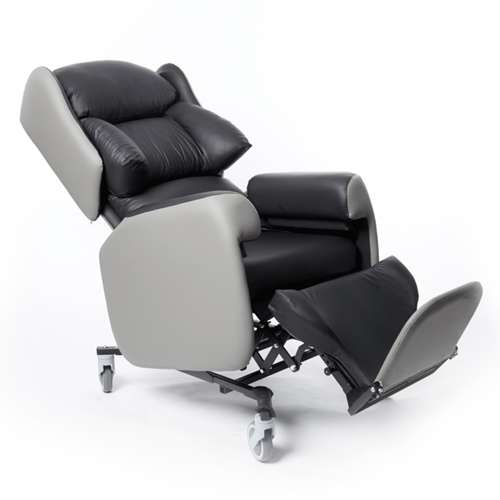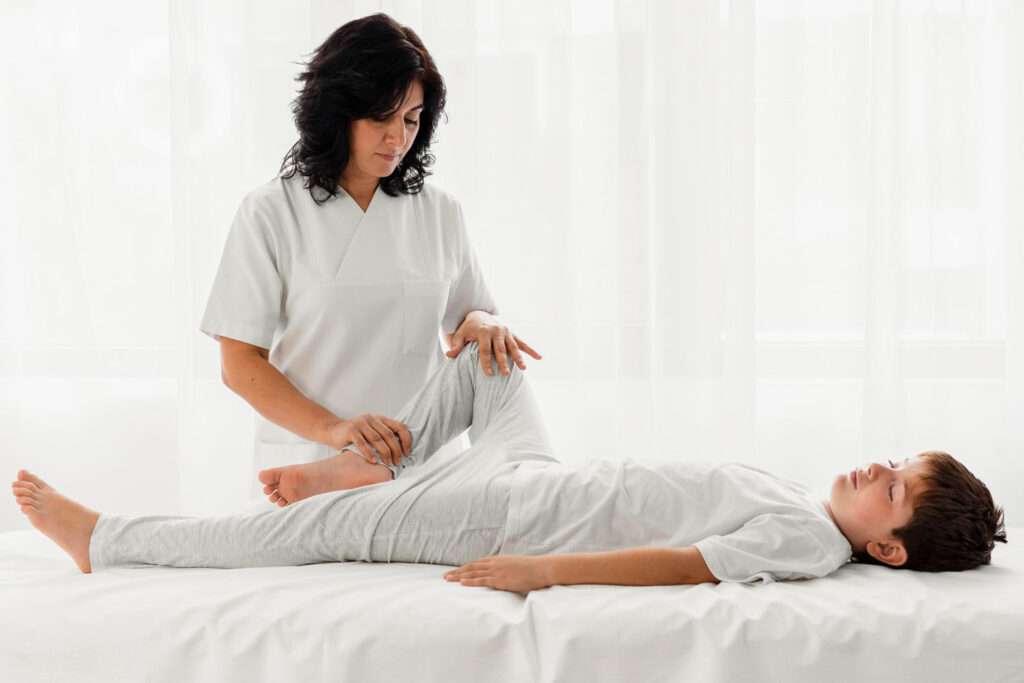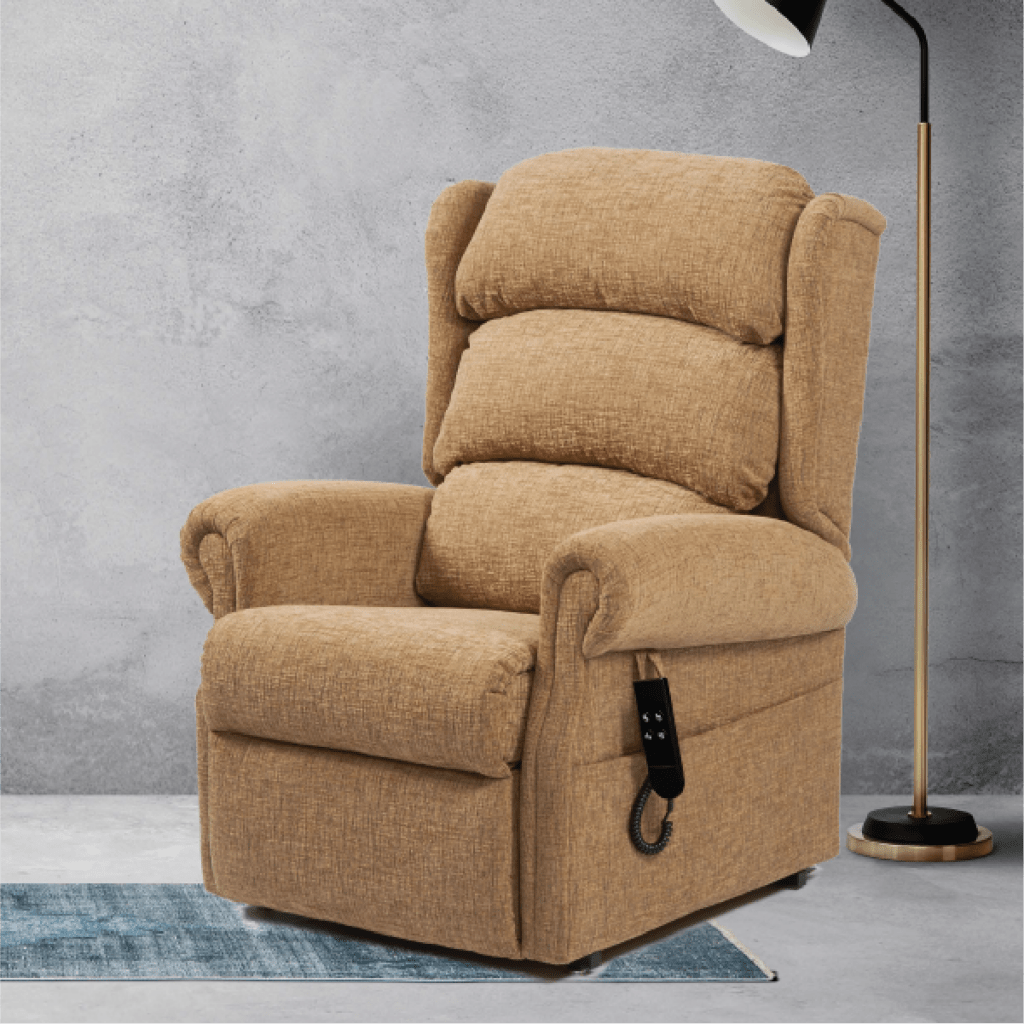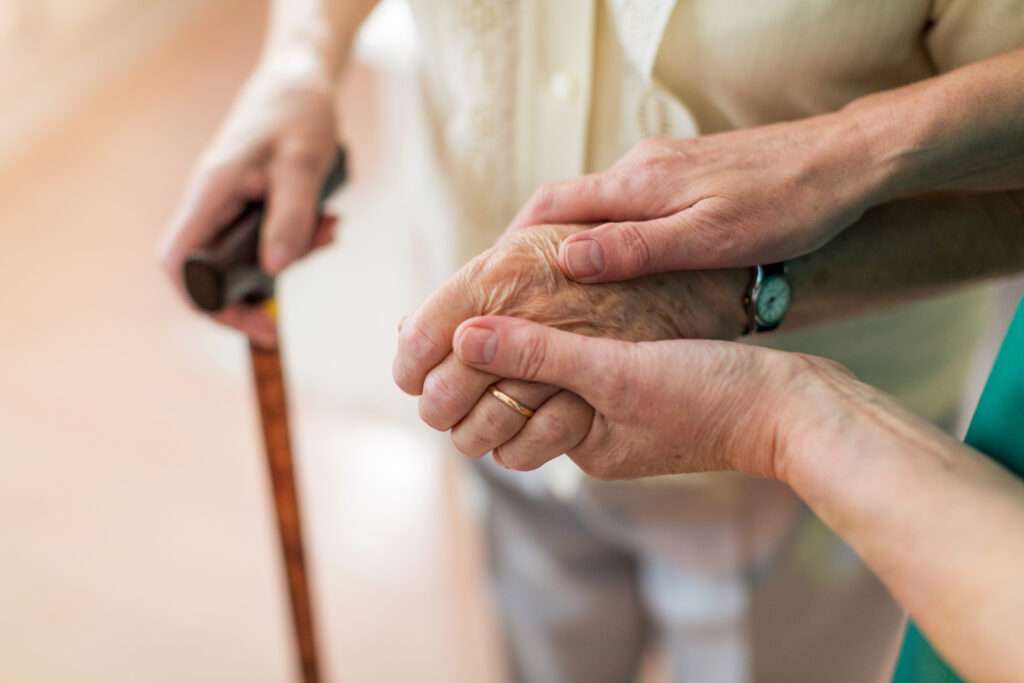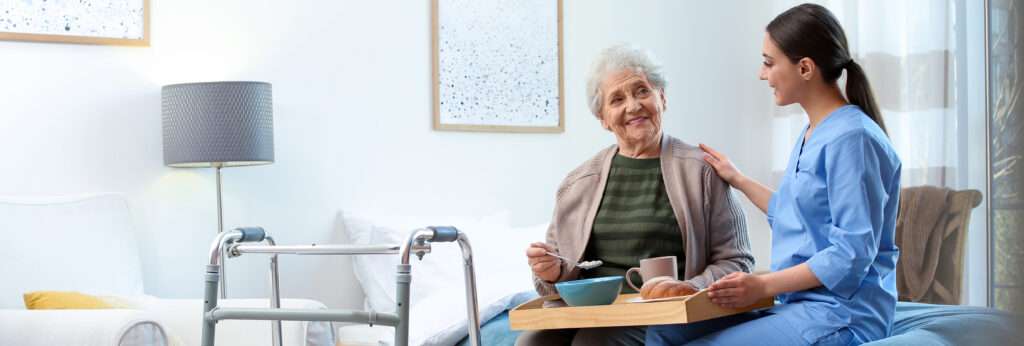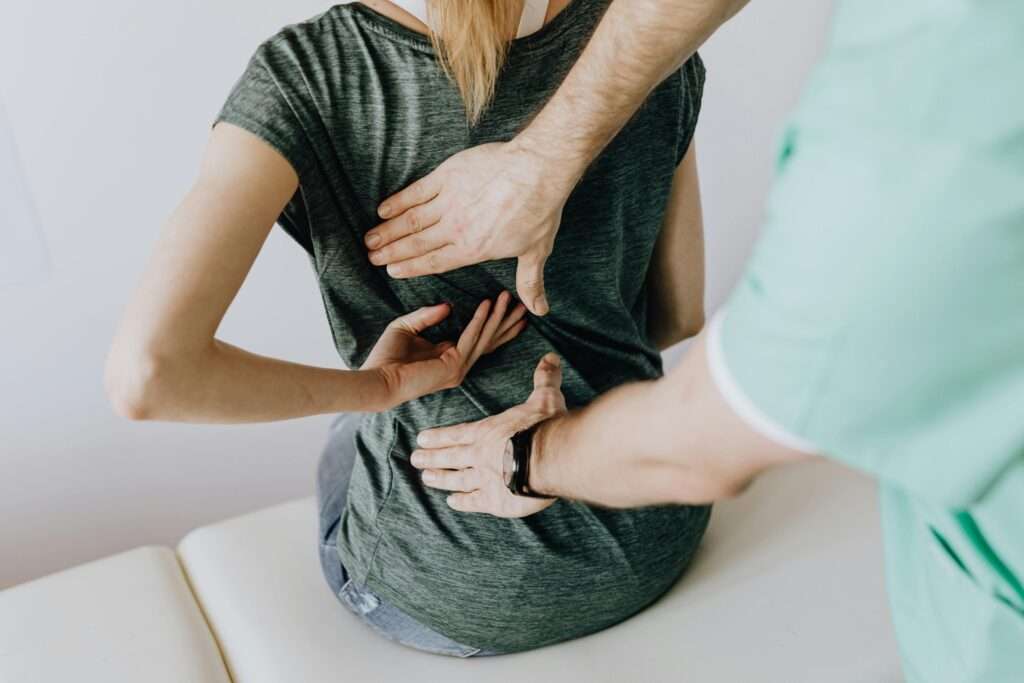The general medicine ward is the next stop after A&E for patients with more complex underlying health issues, that need the skill of more experienced clinicians to diagnose underlying causes.
This ward can hold quite a diverse range of medical issues, and operates on a faster patient turnaround, providing short-term, emergency treatment.
Jump straight to…
What Happens in a General Medicine Ward?
Every hospital would normally have a general medicine ward, which provides short-term, acute treatment for adults, the majority of who have been admitted from A&E.
Patients admitted into hospital from A&E will be assessed by a clinical team in the Admissions Ward, and if they need further treatment they will be transferred into the general medicine ward.
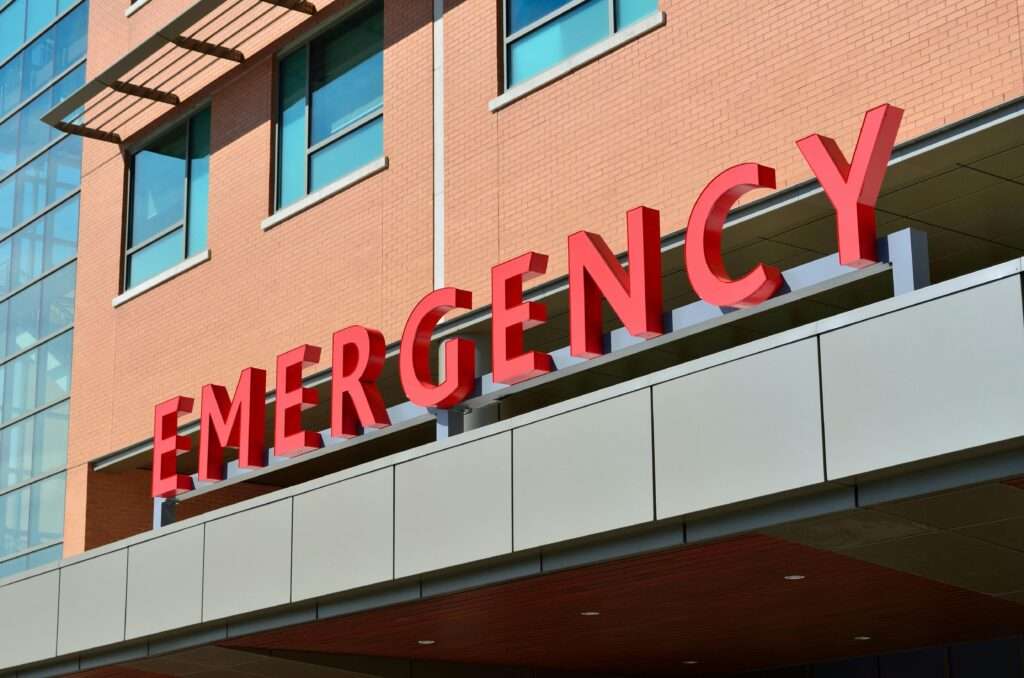
As a result, the General Medicine ward is a ‘melting pot’ of a wide variety of complaints and underlying conditions, which needs the diagnostic skill of experienced clinicians to refer them on to the right department(s) for further treatment.
Some of the usual health issues dealt with by General Medicine teams include:
- Cardiological conditions
- Dermatological conditions
- Neurological conditions
- Diabetes
- Rheumatological conditions
- Thoracic conditions
Treatment for these conditions is usually non-surgical, and involves administering medicine and therapy to treat the patient’s condition. This could include inserting lines and fluids, catheters, and prescribing specialist drugs.
Although not as fast-paced as A&E departments, it is still regarded as urgent care, treating patients who have come in via A&E that are presenting acute medical conditions.
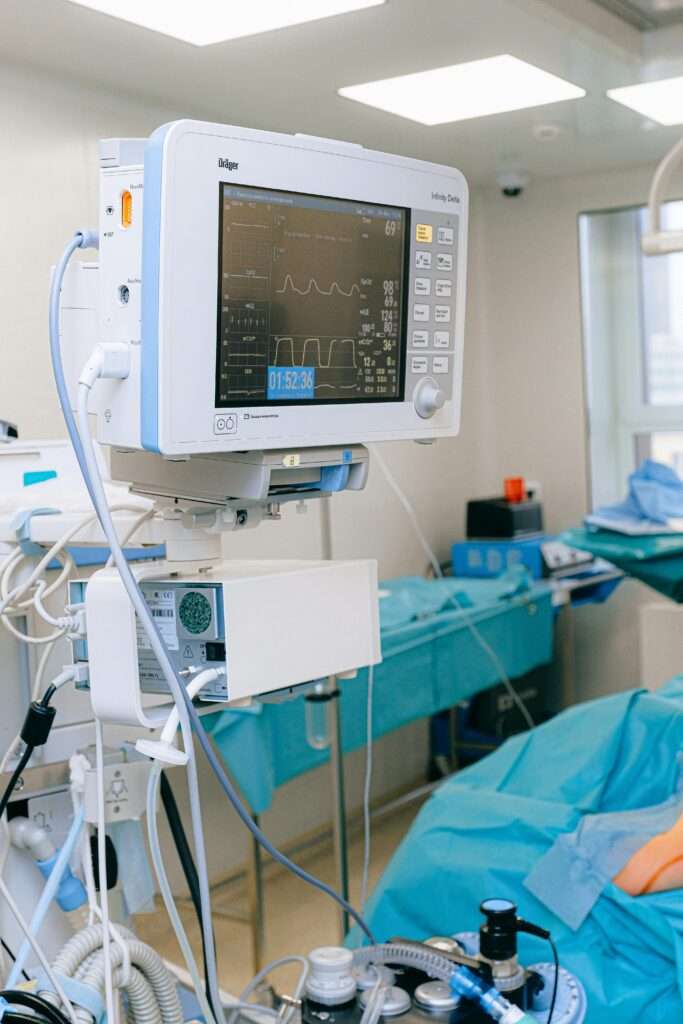
Medicine for the Elderly
Medicine for the Elderly is a sub-branch of the General Medicine ward, specialising in treatment of conditions associated with patients over 65, such as frailty, bone fractures, dementia or falls.
Such patients may have other comorbidities to deal with (multiple long-term conditions), so clinicians will need lots of experience in managing multiple health conditions.
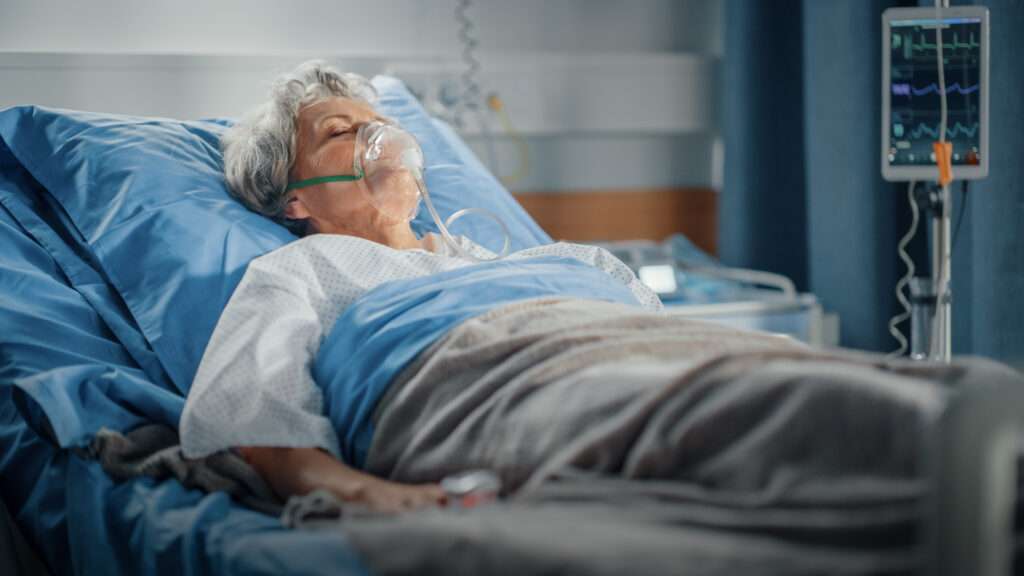
Seating Needs in General Medicine Wards
When it comes to patient seating, there are a range of different needs that need to be considered, such as the following:
- Infection control
- Space-efficiency
- Durability
Infection Control
This is top of the agenda in acute health environments, and good infection prevention and control needs to be considered in all aspects of seating design.
Having chairs that are easy to wipe down with minimal seams and recesses where bacteria can hide are prime features for infection control. This is particularly important in acute wards like General Medicine where patient turnaround is high and chairs will need to be cleaned on a frequent basis.
The choice of fabric and frame material needs to be carefully considered as well, to prevent the ingress of fluids and using surfaces and materials that are bacteria-resistant.
Space-efficient Seating
Medicine wards are busy places, taking a large influx of patients from A&E on a daily basis, so making efficient use of space will be an important factor.
Durability
With heavy use and frequent cleaning, durable materials will need to be used in the construction of the chair. The upholstery especially will need to be robust and durable to withstand the knocks and scrapes from a busy hospital ward.
Seating Needs in Medicine for the Elderly Wards
Elderly patients who are likely to have mobility issues and joint/muscle pain will need increased levels of comfort in their seating.
Postural features and comfortable upholstery will help with pressure and pain relief, and using rise and recline mechanisms will help them get in and out of the chair more easily.
To read more about how postural support and accessories can benefit patients in Elderly or Geriatric wards, read our blogpost here.
Seating Solutions for General Medicine Wards
HiBack Bedside Chair
This unique chair was developed following a clear market need for hospital bedside chairs that would provide improved comfort and pressure relief.
Taking into account all the other necessities for the ultimate bedside chair, such as easy height adjustment, infection control and cleaning, comfort, and tissue viability, we worked with top advisers in the acute care sector over a 2-year period, testing and trialling prototypes until we reached the finished model!
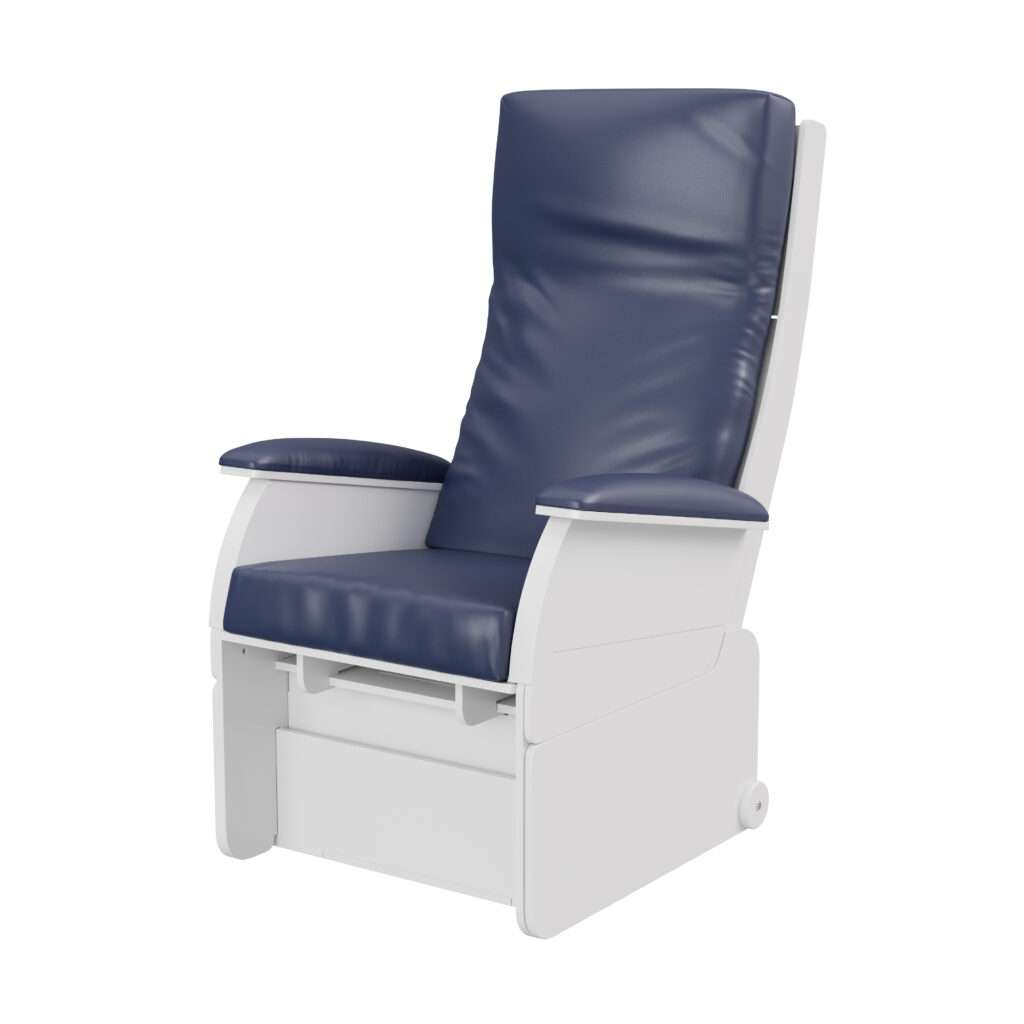
HiBack Bedside Chair
Some of the innovative features that stand out with the HiBack chair are:
- Easy All-in-One Height Adjustment: The height adjustment is effortless to operate with a simple turn handle under the seat cushion; no more fiddly push-pins or turning the chair upside down!
- Enhanced Pressure Care: The level of pressure relief provided is outstanding, with medium-risk visco foam as standard, upholstered with soft, breathable Dartex fabric.
- Modular, Ergonomic Design: The cushions can be interchanged, and the raked seat and ergonomically-angled backrest helps the patient rest back in the chair and stay comfortable for long periods of time.
- Infection Control Friendly: Cushion covers can be removed for machine washing, and the entire chair can be deep-cleaned in decontamination units with the run-off drainage holes and sealed mechanisms. The hard-wearing anti-microbial polymer frame is completely resistant to the ingress of bacteria.
Lento Mobile Riser Recliner
The Lento Mobile is an ideal solution for Medicine for the Elderly wards. The electric rise and recline function and different backrest and positioning options help keep elderly patients comfortable for long periods of time.
The rise function can be adjusted to help elderly patients stand in a safe and supported way. This is particularly helpful for patients who may have infections or balance issues that make them unsteady on their feet.
The sit-to-stand function is essential to help get elderly patients mobile again who are undergoing rehabilitation from falls.
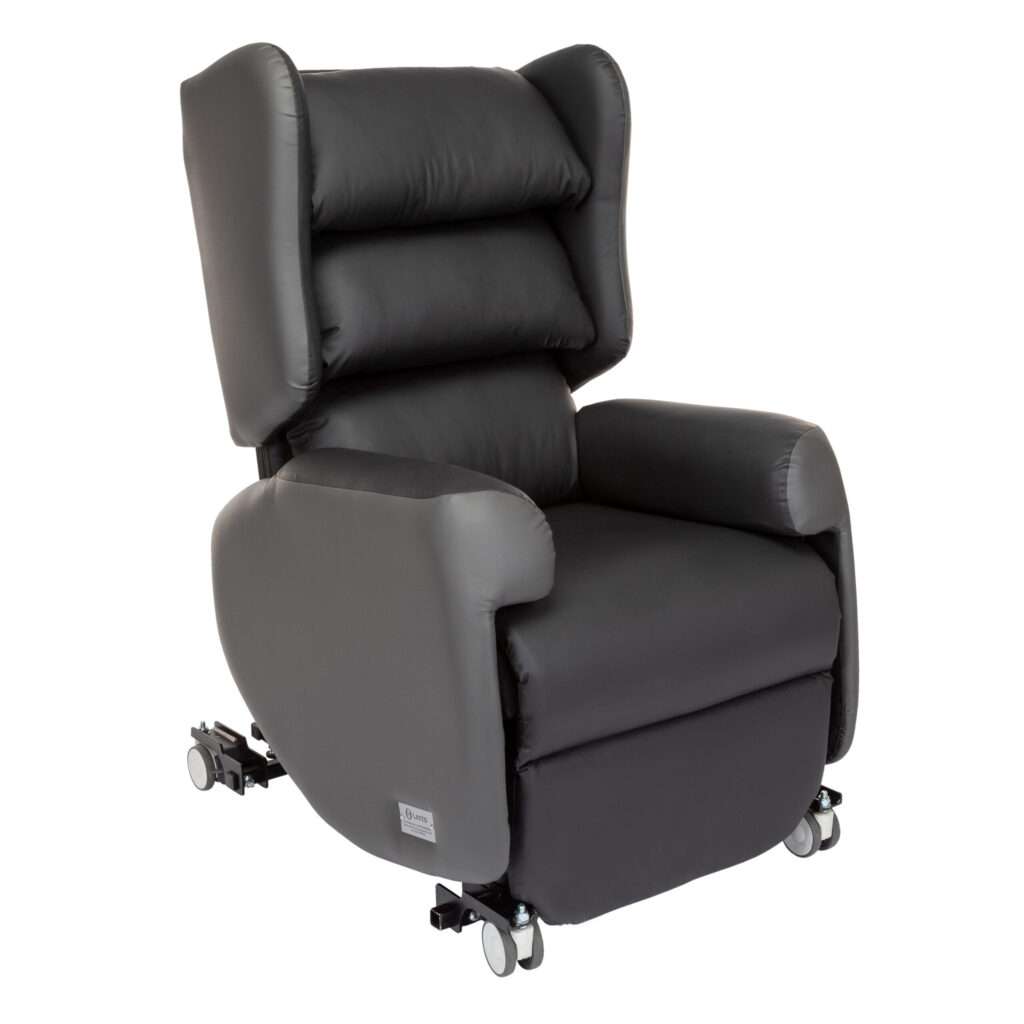
Lento Mobile riser recliner
Conclusion
While infection control is a key priority for seating in General Medicine wards, seating used will need to have simple, standardised features to be practical on busy acute wards where a wide range of clinicians are involved.
Seating standardisation is a concept we have developed by working with different hospital wards across the country, a principle used in the design of the chairs mentioned in this article.
To learn more about standardising your seating, or request a free demonstration of our acute ward chairs, reach out to our acute seating team today:
Get Expert Advice
FAQs on Choosing the Best Chairs for General Medicine Wards
1. Why is infection control important when selecting chairs for general medicine wards?
Infection control is crucial in acute healthcare environments due to the high patient turnover and the risk of cross-contamination. Chairs need to be designed for easy cleaning, featuring wipeable surfaces, minimal seams, and bacteria-resistant materials to meet strict hygiene standards.
2. What features should seating in general medicine wards have?
Chairs for general medicine wards should prioritise:
Infection Control: Easy-to-clean materials and designs
Durability: Sturdy construction to handle heavy use and frequent cleaning
Space Efficiency: Compact designs to accommodate busy wards
Comfort: Supportive seating for patients during short-term treatments
3. What types of seating are best for elderly patients in hospitals?
Elderly patients often benefit from chairs that offer postural support, pressure relief, and rise-and-recline features to help them stand safely. Comfortable upholstery and ergonomic designs are essential to cater to their unique mobility and comfort needs.
4. How do rise and recline functions help elderly patients?
Rise and recline chairs assist elderly patients by reducing the effort required to stand or sit. This is especially helpful for patients recovering from falls or dealing with balance issues, helping them regain mobility and maintain independence during rehabilitation.
5. What is the benefit of standardising seating in hospital wards?
Standardising seating simplifies hospital operations by ensuring that chairs meet the diverse needs of patients and clinicians. This approach improves infection control, seating availability, and ease of use for healthcare professionals.
6. What makes the HiBack Bedside Chair suitable for acute care environments?
The HiBack Bedside Chair combines features like effortless height adjustment, outstanding pressure relief, ergonomic design, and easy deep-cleaning capabilities. Its modular components and anti-microbial frame make it highly adaptable and hygienic for busy acute care settings.
7. Can I request a demonstration of your acute ward chairs?
Yes! Reach out to our acute seating team for a free demonstration and learn more about how our seating solutions can enhance your healthcare environment.
Learn More or Enquire About The HiBack Chair





